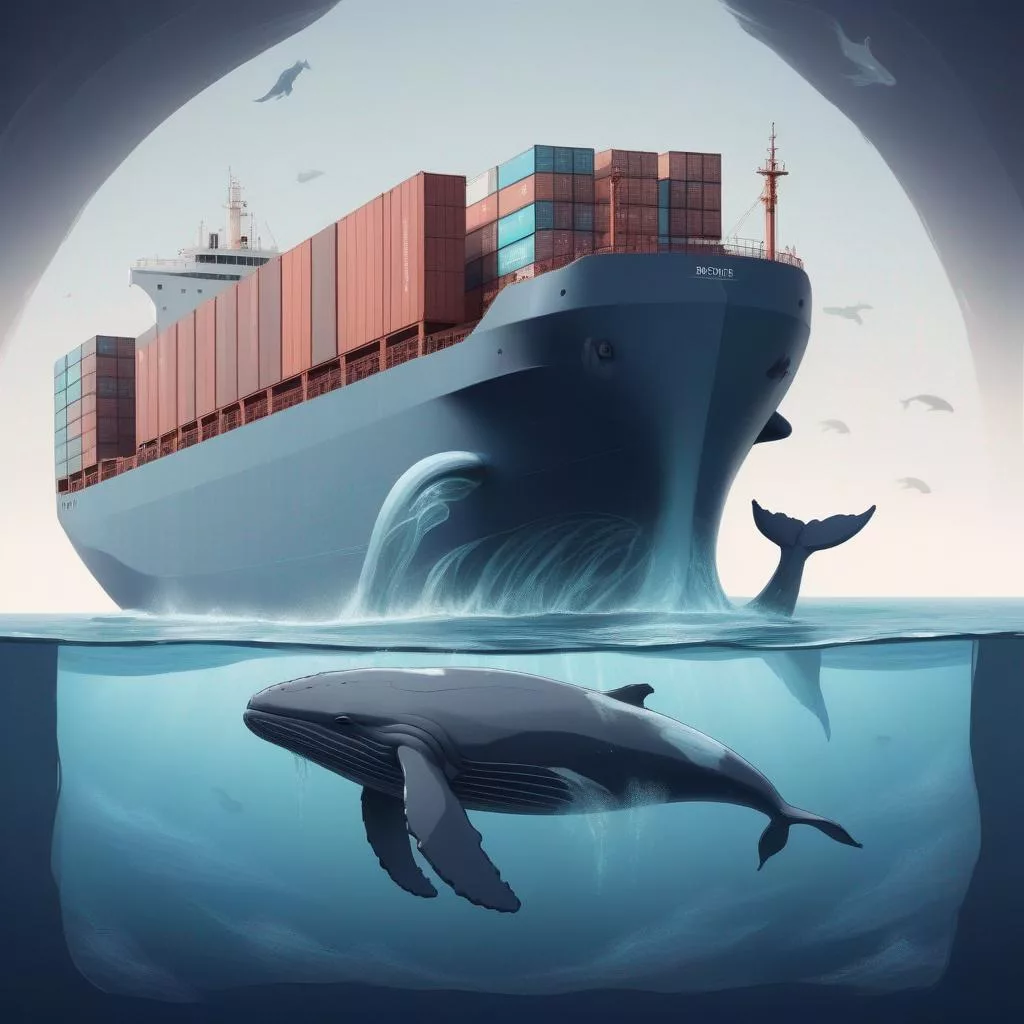In the dynamic landscape of modern software development, the term “Docker” has become synonymous with containerization – a transformative technology streamlining the deployment and scaling of applications. Docker, an open-source platform, has revolutionized the way developers build, ship, and run applications, offering a standardized and portable solution. In this blog post, we’ll explore the key aspects of Docker, its role in containerization, and its profound impact on the software development lifecycle.
Understanding Docker:
At its core, Docker is a platform designed to automate the deployment of applications within lightweight, portable, and self-sufficient containers. These containers encapsulate everything needed to run a piece of software, including code, runtime, system tools, libraries, and settings. Docker ensures consistency across different environments, making the development-to-deployment process more reliable and efficient.
Key Concepts:
- Containers:
Containers are the fundamental units in Docker, encapsulating applications and their dependencies. They isolate the application from the underlying infrastructure, promoting consistency and reproducibility.
- Images:
Docker images serve as the blueprints for containers. An image is a lightweight, stand-alone, and executable package that includes the application code, runtime, libraries, and system tools required to run the application.
- Dockerfile:
A Dockerfile is a script containing instructions for building a Docker image. It defines the steps to be taken to create a reproducible image, ensuring consistency across different development and deployment environments.
Advantages of Docker:
- Portability:
Docker’s containerization enables seamless portability of applications across different environments, from development to testing to production. This eliminates the notorious “it works on my machine” problem.
- Isolation:
Containers provide a high level of isolation, ensuring that each application runs independently, without interfering with other applications or the underlying infrastructure. This isolation enhances security and stability.
- Scalability:
Docker simplifies the scaling of applications. With containers, developers can easily replicate and scale applications horizontally, adapting to varying workloads and demands.
- Efficiency:
Containers share the host OS kernel, making them lightweight and resource-efficient. Multiple containers can run on a single host without the overhead associated with traditional virtualization.
Use Cases:
- Microservices Architecture:
Docker is well-suited for microservices-based applications, allowing developers to containerize individual microservices. This promotes flexibility, scalability, and ease of maintenance in complex distributed systems.
- Continuous Integration/Continuous Deployment (CI/CD):
Docker plays a pivotal role in CI/CD pipelines, where applications are built, tested, and deployed in a consistent and automated manner. This accelerates the development lifecycle.
- DevOps Practices:
Docker aligns seamlessly with DevOps practices, fostering collaboration between development and operations teams. It streamlines the deployment process, leading to faster releases and more reliable software.
Getting Started with Docker:
- Installation:
Start by installing Docker on your development machine. Docker provides installation packages for various operating systems, making it accessible to a broad audience.
- Creating a Dockerfile:
Write a Dockerfile for your application, specifying the necessary steps to build a Docker image. This includes defining the base image, copying application code, and setting up dependencies.
- Building and Running Containers:
Use the Docker command-line interface (CLI) to build an image from the Dockerfile and run containers based on that image. Docker commands such as
docker buildanddocker runare essential for these tasks.
Conclusion:
Docker has emerged as a game-changer in the realm of software development, providing a standardized and efficient solution for containerization. By encapsulating applications and their dependencies in lightweight, portable containers, Docker streamlines the development-to-deployment pipeline, fostering consistency, scalability, and efficiency. As organizations continue to embrace modern development practices, understanding and leveraging Docker becomes paramount for staying competitive in the ever-evolving software landscape.

Leave a Reply